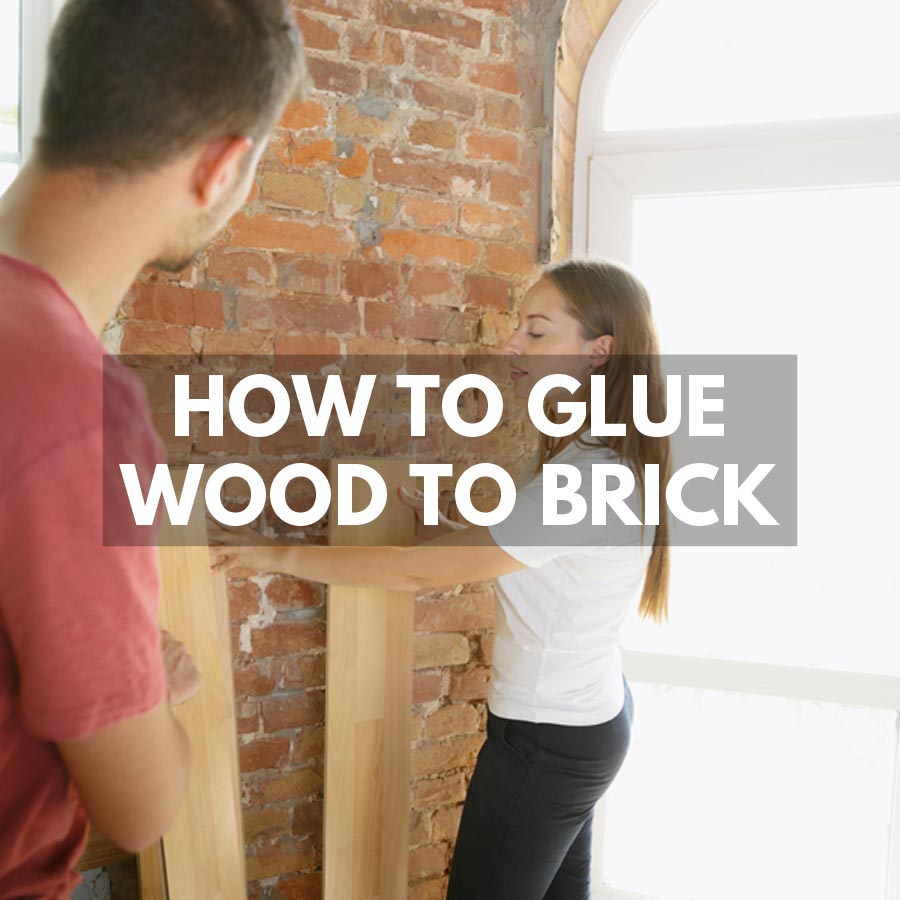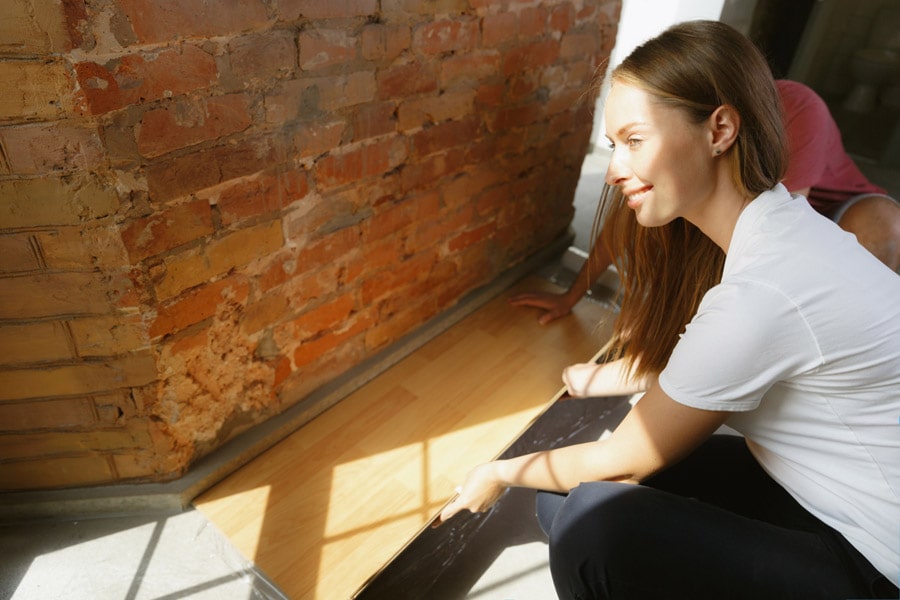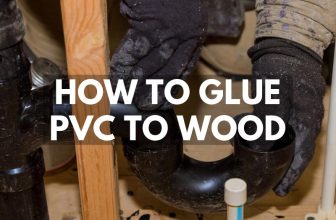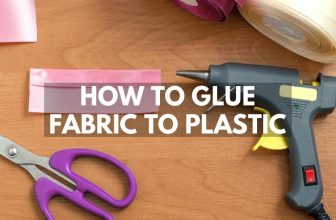
How to Glue Wood to Brick
Quickly learn how to glue wood to brick with the tips outlined in this guide. Polyurethane and epoxy glues have some of the best features for bonding wood to brick. Below you will find information on what materials to use, the various types of adhesives available, and how to create a secure bond between surfaces.
Adhesives are an excellent choice if you want to avoid using nails or hooks to attach wood to brick. Glue designed for use on wood and bricks is affordable, and the wide range of options makes it easy to find one that works best for your latest project. Glues that work well on rubber to wood don’t necessarily work on other materials like a brick so it is vital to choose the correct glue.
Because wood and brick are used for construction mostly you should be looking for construction-style glue. One that bonds incredibly well and is very long-lasting as well as being stronger than your average consumer adhesives.
Which Glue Should You Use For Wood to Brick?
A few factors you need to consider when choosing an adhesive include the type of wood you plan to use and the environment. For example, outdoor projects will have to cope with temperature and humidity changes that would not affect indoor walls. Some of the most common types of glue include constructive adhesive, epoxy resin, silicone adhesive, and polyurethane glue.
Construction Adhesive
Most constructive adhesive often comes in tubes you can use with a caulking gun. The exact dry time and bonding strength will vary between brands and products. Constructive glue is incredibly strong and can temporarily or permanently attach wood to brick.
Epoxy Resin
Epoxy resin is an excellent choice if you want the wood to be permanently attached to the brick. The dry time is relatively short, and it begins hardening very quickly after you mix the base ingredients. However, applying epoxy resin can be tricky because it tends to be more liquid than other adhesives, which can lead to leakage around the edges of the brick or wood.
Silicone Adhesive
Silicone adhesive is heat resistant, water-resistant, and non-toxic, making it ideal for indoor locations like home offices. You can use it on most materials, and most silicone adhesive products are easy to remove if necessary, making them great for temporary or semi-permanent projects.
Polyurethane Glue
Polyurethane glue is perfect for jobs that involve multiple types of surfaces and materials. The adhesive is waterproof, making it a good option if you want to glue wood to brick on outdoor surfaces. In addition, polyurethane expands as it dries, filling any gaps in the brick and better anchoring the wood.

How to Prepare Wood and Brick Before Gluing
Before applying the glue, both the wood and brick surfaces must be clean and dry. You need to make sure that dirt or other debris will not interfere with the glue bond. Bricks are very porous, and the best way to clean them thoroughly is by using a bristle brush and scrubbing with hot soapy water.
Quick Tip: For outdoor surfaces with an extra layer of grime, you can add bleach (1 tablespoon bleach per gallon of water) or vinegar (equal parts vinegar and water) to warm water. Apply the mixture using a sponge and then scrub with a bristle brush. The bleach and warm water combination can break down stubborn growth or other debris.
How to Apply Glue For Wood to Brick
The glue should go on the wood, not on the brick, and both surfaces should be clean and dry. You will want to add evenly spaced beads of glue about the size of a pea across the board. When you press it into place, the adhesive will spread out evenly.
Follow the instructions provided by the product for a superior and longer-lasting bond. Reference the manufacturer information for dry times and other factors.
How to Cure Brick and Wood Glue
The wood needs to be held securely into place until it dries. The exact dry time will depend on what type of adhesive you use. A few ways you can secure the wood while it dries include nails or clamps.
Clamps usually need to be in place for 24 to 48 hours while the adhesive dries. The glue will take longer to cure if the wood or bricks are damp or the environment is humid.
Conclusion
The best glue can adapt to fit a variety of projects. Epoxy resin and polyurethane adhesive are by far the superior options if you need something quick and permanent that can hold up under stress or weather changes. These also work when gluing wood and plastic together.
Now that you know the basics of how to glue wood to brick, you can try out some of the quick tips mentioned above to save you time and money. Remember, for outdoor projects, it might take a bit more elbow grease to get the brick surface ready to accept the adhesive bond, and you can use a quick bleach and warm water mixture to clean up any stubborn grime.











